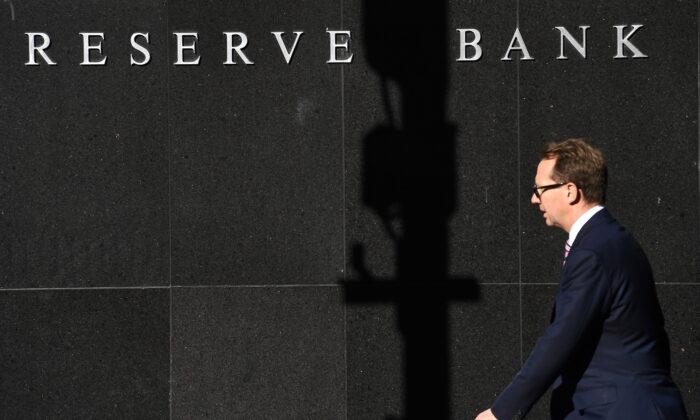New research has shown that the number of insolvent Australian businesses has reached a record high in the past 12 months.
Overall, there was a 38 percent surge in insolvencies in all industries in the year to May 2024, up from 34 percent in the previous year.
Compared to the highest level of insolvencies before the COVID-19 pandemic, the number of businesses unable to pay debts soared by 41 percent.
Among the sectors, electricity, gas, water and waste services had the highest rate of insolvencies at 89 percent, driven by the rising number of small businesses that entered into administration.
This was followed by education and training at 87 percent, mining at 72 percent, and construction at 46 percent.
On the flip side, information media and telecommunications was the only sector posting a drop in insolvencies (2 percent).
Meanwhile, there was a sharp increase in insolvencies in both large and small companies in the mining industry.
In addition, business payment defaults hit a new record in May, up 21 percent compared to April 2024 and 58 percent compared to May 2023.
Court actions in May were also above the pre-COVID-19 levels and up 63 percent compared to the previous year.
The food and beverage services industry carried the highest risk of failure at 7.54 percent, followed by administrative and support services at 5.43 percent and arts and recreation services at 5.4 percent.
Cash Flow Problems Highlighted
CreditorWatch Chief Economist Anneke Thompson said record high business payment defaults reflected worsening cash flow issues in the business sector.“This trend took some time to flow through to businesses but is now showing up in the data in the form of increasing late payment rates and rising court actions, as well as increased business failures and insolvencies.”
Meanwhile, CreditorWatch CEO Patrick Coghlan predicted that there would not be a meaningful turnaround in consumer confidence until 2025, when the impact of at least two rounds of interest rate cuts had been felt.
The stage three tax cut will take effect from July 1, 2024, and will affect 13.6 million Australian taxpayers.
The federal government said the average benefit for each taxpayer would be around $1,888 a year.
Despite the new round of tax cuts for households, CreditorWatch expected that the remaining period of 2024 would be significantly challenging for businesses due to high interest rates and consumers focusing their spending on non-discretionary goods and services.







